ANDY WARHOL (1928-1987)
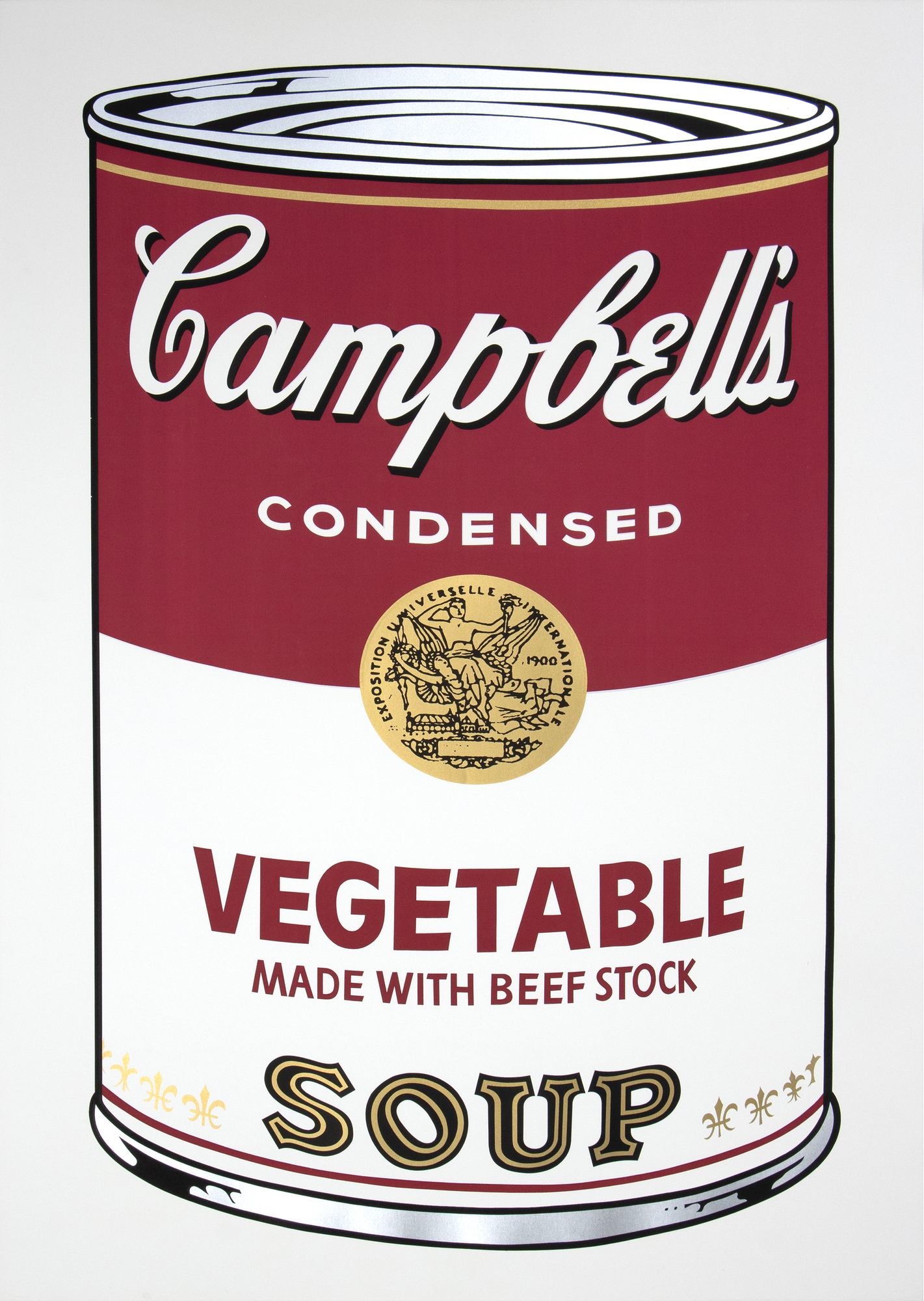
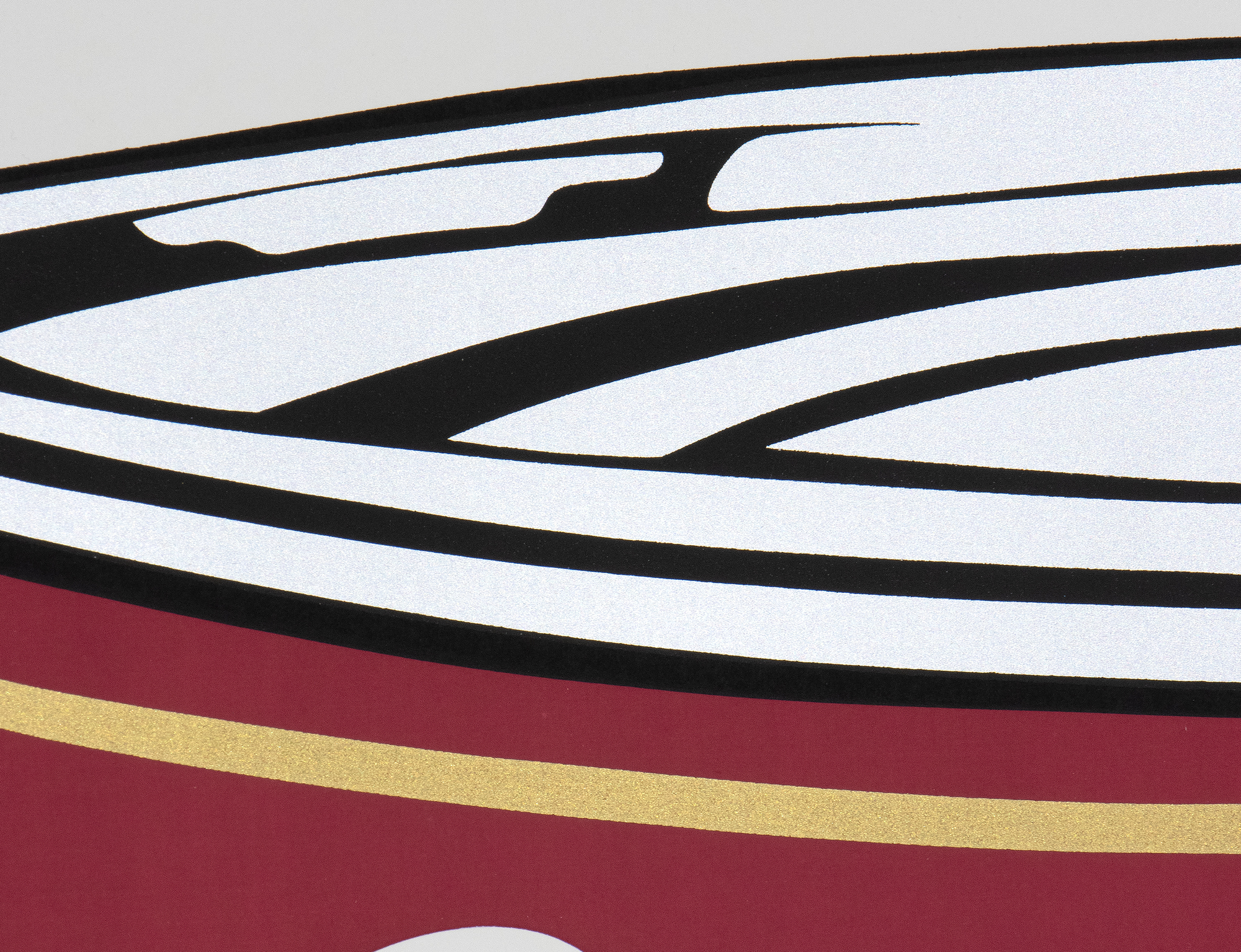
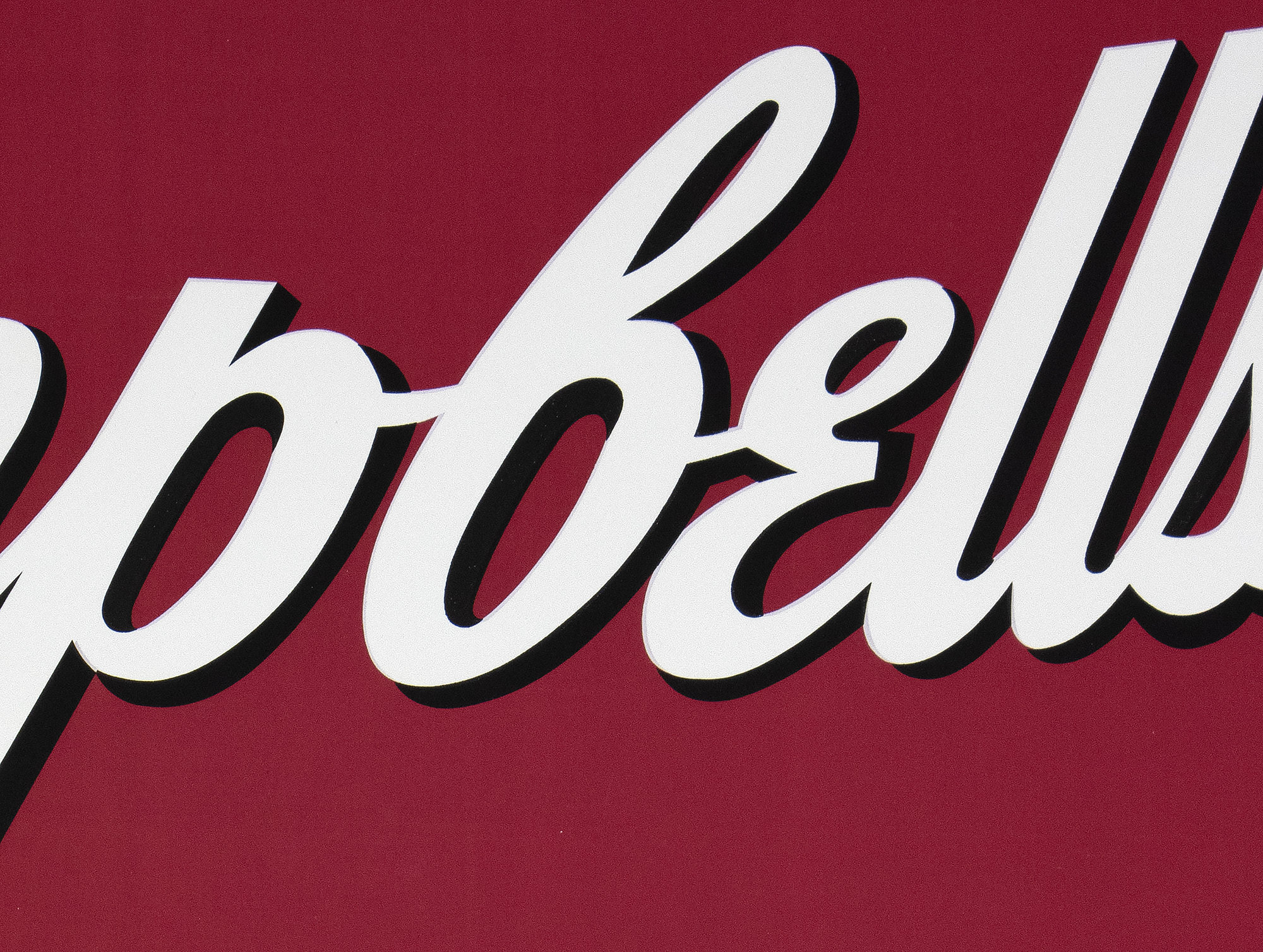
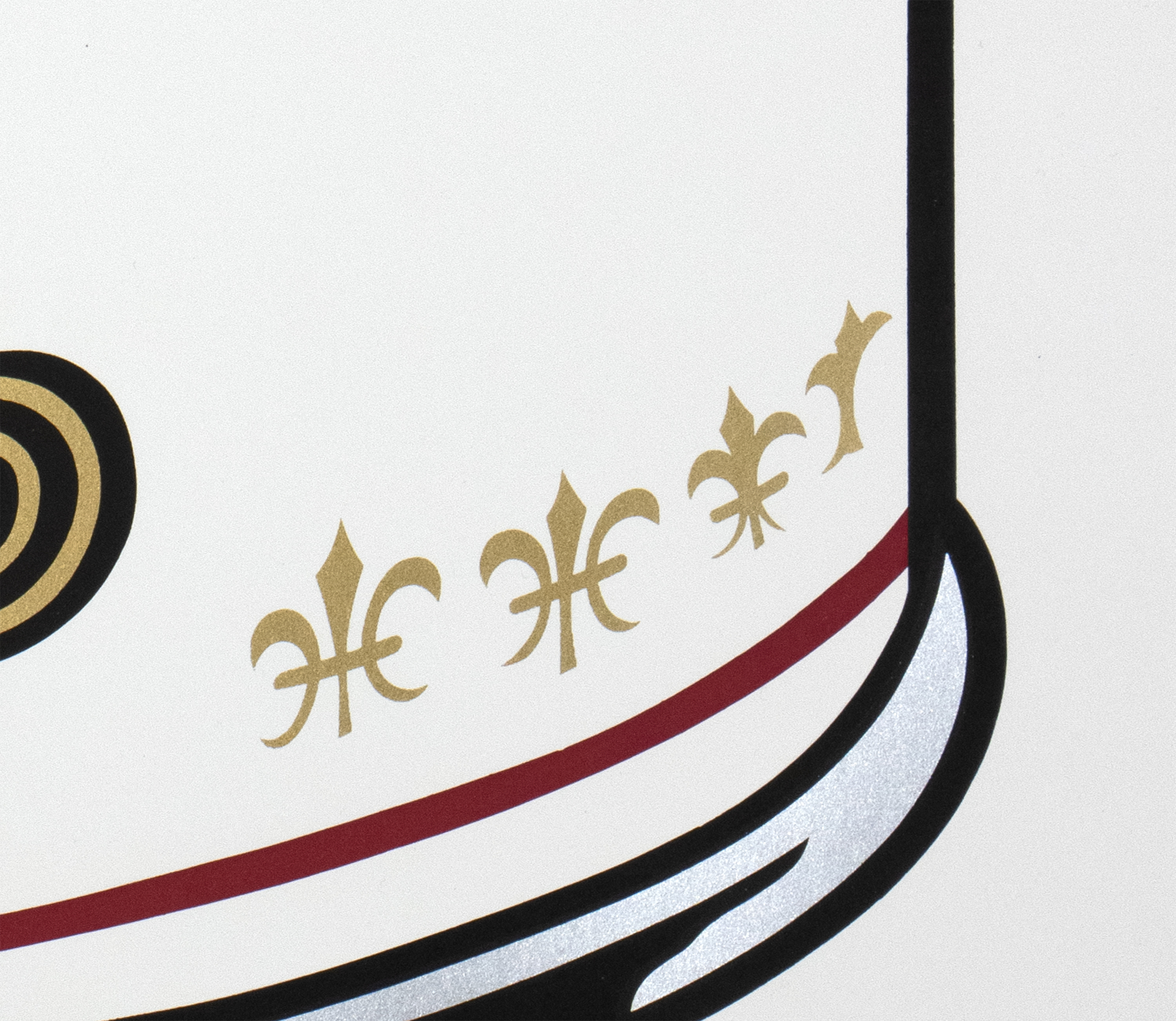
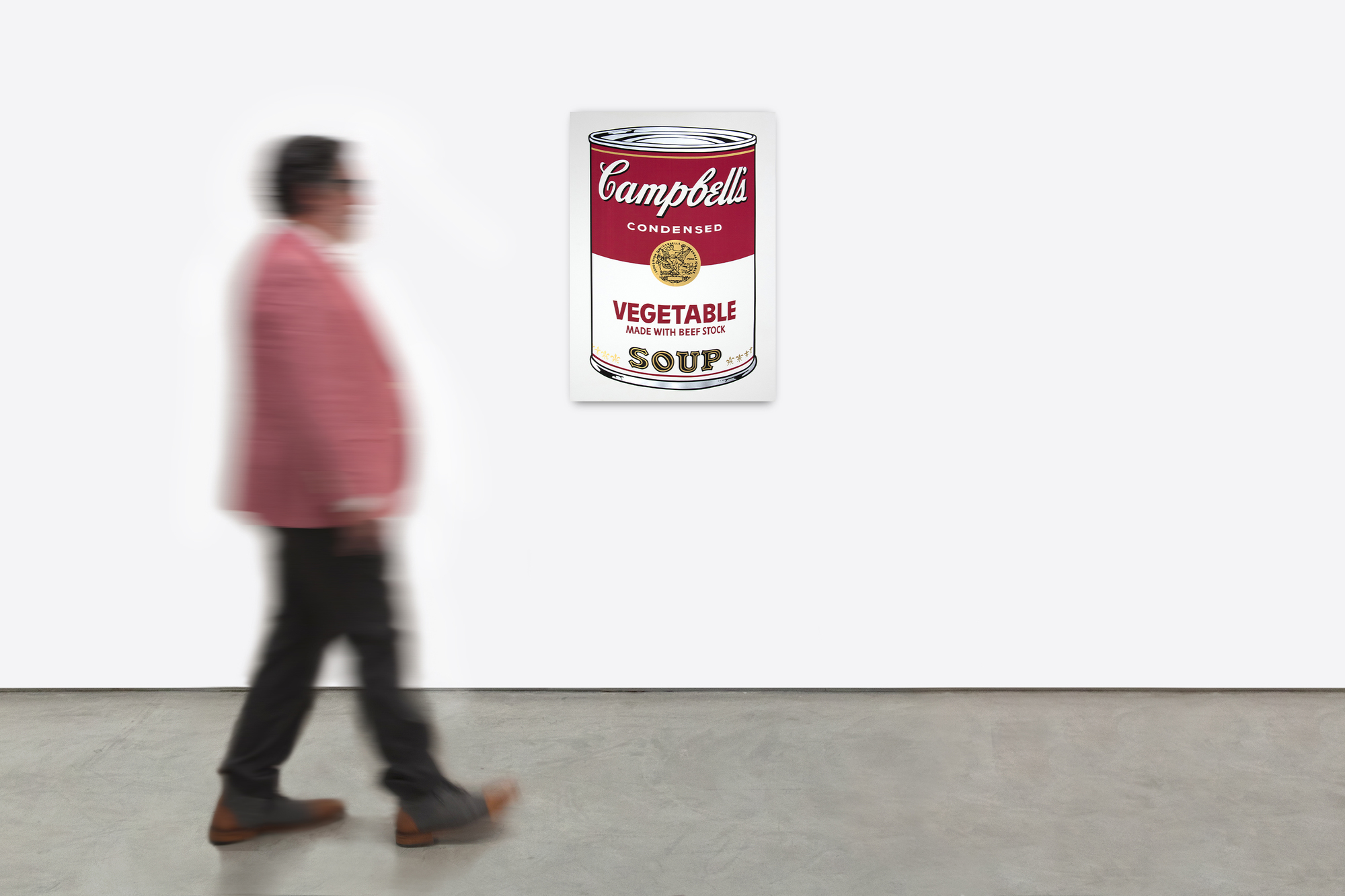
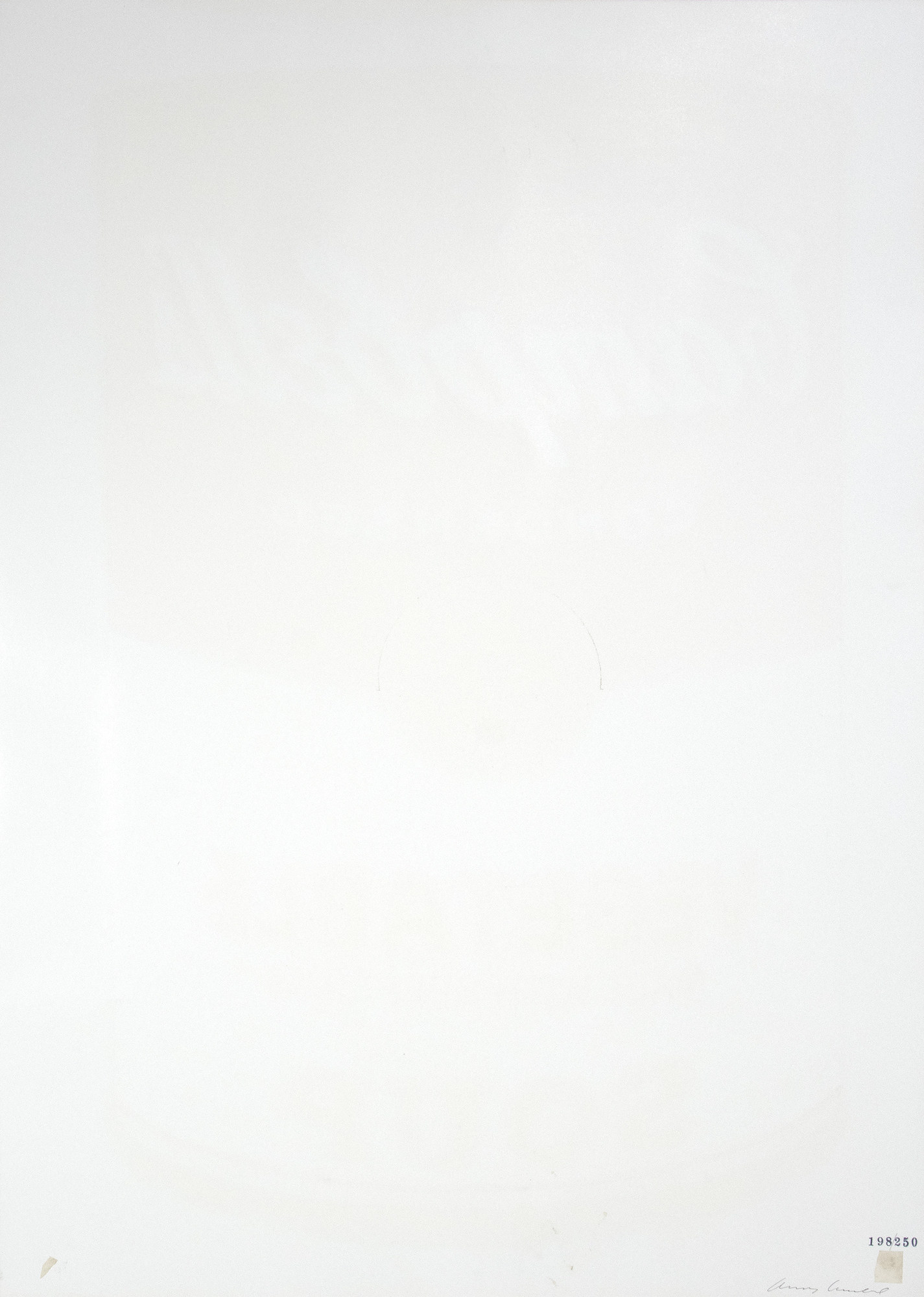
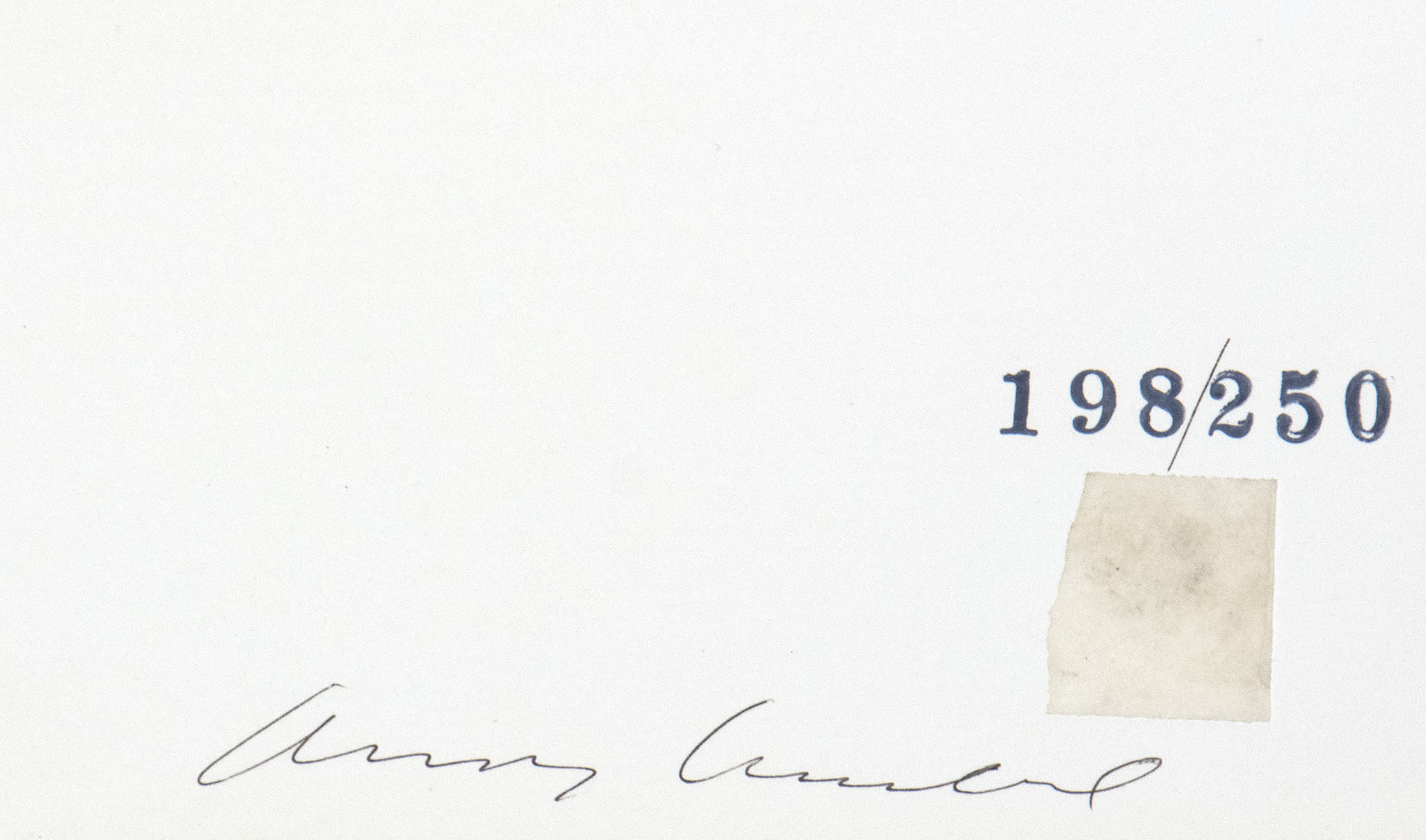
Provenance
Collection privéeLittérature
Feldman, F. & Schellmann, J., 1985, Andy Warhol Prints : a catalogue raisonné, R. Feldman Fine Arts, II.48La rapidité avec laquelle le monde de l'art a adopté Warhol est remarquable : en juillet 1962, ses trente-deux peintures de Campbell's Soup Cans ont fait leurs débuts à la Ferus Gallery de Los Angeles, cimentant rapidement sa réputation. Ces premières toiles, parmi ses dernières œuvres peintes à la main, semblaient presque produites mécaniquement, mais Warhol a rapidement abandonné le pinceau en faveur de la sérigraphie, un procédé commercial qui permettait à la fois des répétitions infinies et des variations frappantes des sujets choisis.
Vegetable Soup était l'une des trente-deux variétés originales et reste un phénomène de la culture pop, réapparaissant continuellement sur tout, des assiettes et des tasses aux t-shirts, aux cravates et même aux planches de surf. La transformation par Warhol d'un produit de base du supermarché en une icône durable souligne son génie à élever l'ordinaire au rang de grand art. Avec ses contours nets et sa précision industrielle, Vegetable Soup incarne la contribution la plus radicale de l'artiste : la fusion de la culture de consommation et des beaux-arts.


